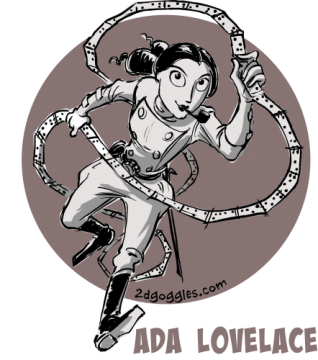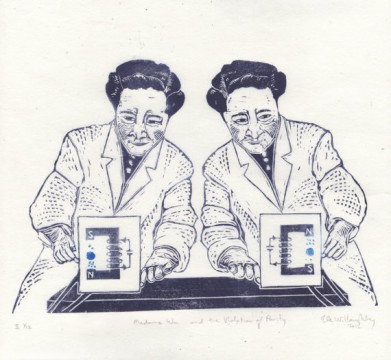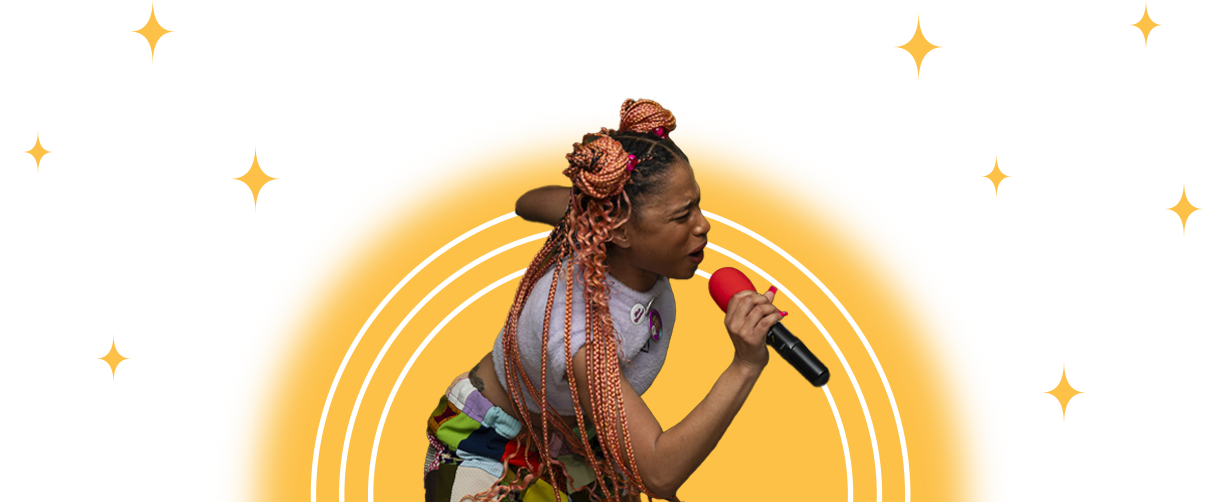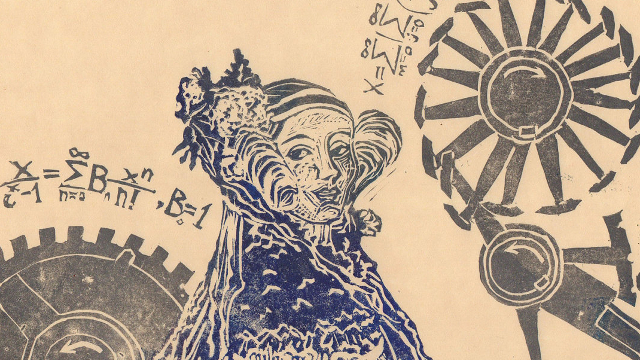Last week was Ada Lovelace Day, a celebration of women in science, technology, engineering, and math. Historically dominated by men, these fields have recently grown more welcoming of women, though sadly a few challenges linger. But there's nothing like role models for inspiring the scientific spirits of today and tomorrow! And Marie Curie isn't the only one out there--history is rife with lesser-known but no less fabulous female scientists, engineers, and mathematicians.

Ada Lovelace (1815-1852) is a prime example: though ALD has raised her profile, she's not yet a household name. But as the world's first computer programmer, she deserves to be. She gets extra credit because her programs were written for an entirely theoretical machine, Charles Babbage's analytical engine.
The analytical engine was never realized, but Babbage's notes on a much simpler device, the difference engine, were finally translated into reality 120 years after his death. One of these remarkable machines is housed at the Computer History Museum in Mountain View, where you can also learn more about Lovelace.
Or, for those who prefer to learn everything via the internet, check out the fantastic footnotes in The Thrilling Adventures of Lovelace and Babbage. In addition to being a serious nerd, the author is a professional animator. Lovelace is lucky to have her as a re-animator! Heh.

Speaking of portraits of women in science, check out this woodcut of experimental physicist Chien-Shiung Wu (1912-1997). Wu emigrated from China to America in 1936 to get her doctorate at UC Berkeley under Ernest O. Lawrence. She later used her expertise in beta decay (a type of radioactivity) to prove the suspicion of a couple of theoretical physicists that the weak force disobeys the law of parity. The theoreticians won a Nobel Prize in 1957. Whether Wu's exclusion from the award represents bias against women or experimentalists at the time (the other guys were Chinese too, so it wasn't sinophobia), who knows, but a couple of decades later Wu got the first Wolf Prize. She would have turned 100 this year.


